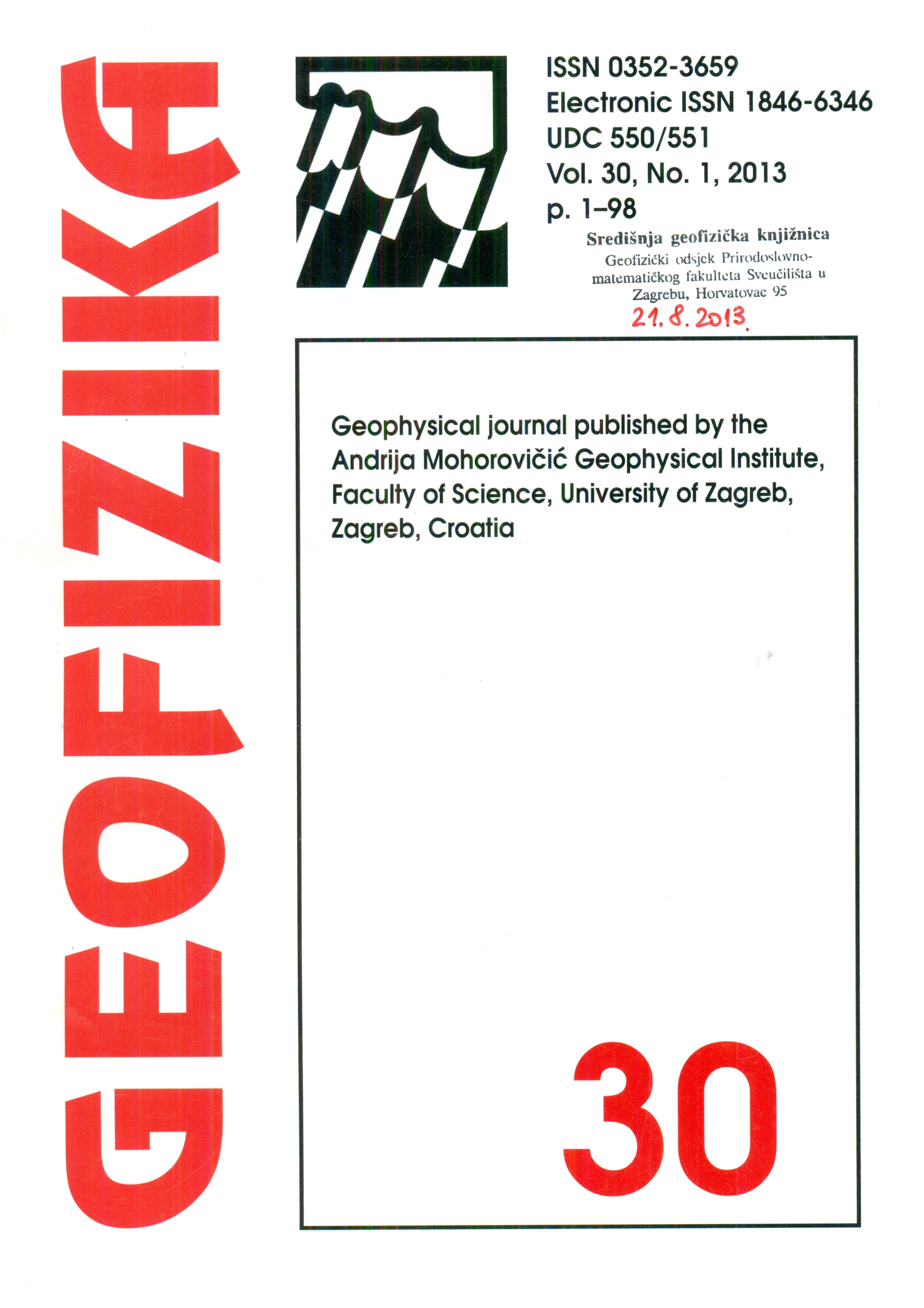Studies on spatial pattern of NDVI over India and its relationship with rainfall, air temperature, soil moisture adequacy and ENSO
Keywords:
NDVI, inter-annual variability, rainfall, air temperature, soil moisture adequacy, ENSOAbstract
The changes in spatial distribution of Advanced Very High Resolution Radiometer (AVHRR) Normalized Difference Vegetation Index (NDVI) are studied for different seasons in India for the period 1982 to 2000. The inter-annual variability of All India NDVI (AINDVI) has been studied and related to rainfall, air temperature, soil moisture adequacy, Southern Oscillation Index (SOI) and Nino 3 Sea Surface Temperature (Niño 3 SST) to understand the influence of these variables on vegetal cover. The results show that the NDVI is high during the south-west (June to September) monsoon and retreat (October and November) seasons where in major crop seasons Kharif and Rabi take place over India. The trend of AINDVI is increasing and displayed higher values during La Niña and lower in El Niño episodes. The correlation between rainfall and NDVI of All India is not significant on monthly basis (+0.13) but it is more prominent when the cumulative annual amounts of rainfall are involved (+0.61). NDVI responded very well to the variations of soil moisture adequacy (SAD) which enumerates the strongest correlation (+0.73) of crop performance with NDVI. This significant strong correlation inferred that SAD can be taken as the indicator for the NDVI variations rather rainfall. The linear regression analysis of AINDVI and the ENSO indices revealed the strong impact of sea surface temperatures than SOI on vegetation pattern over India.
Downloads
Published
Issue
Section
License
Copyright (c) 2021 Geofizika journal

This work is licensed under a Creative Commons Attribution-NonCommercial 4.0 International License.

